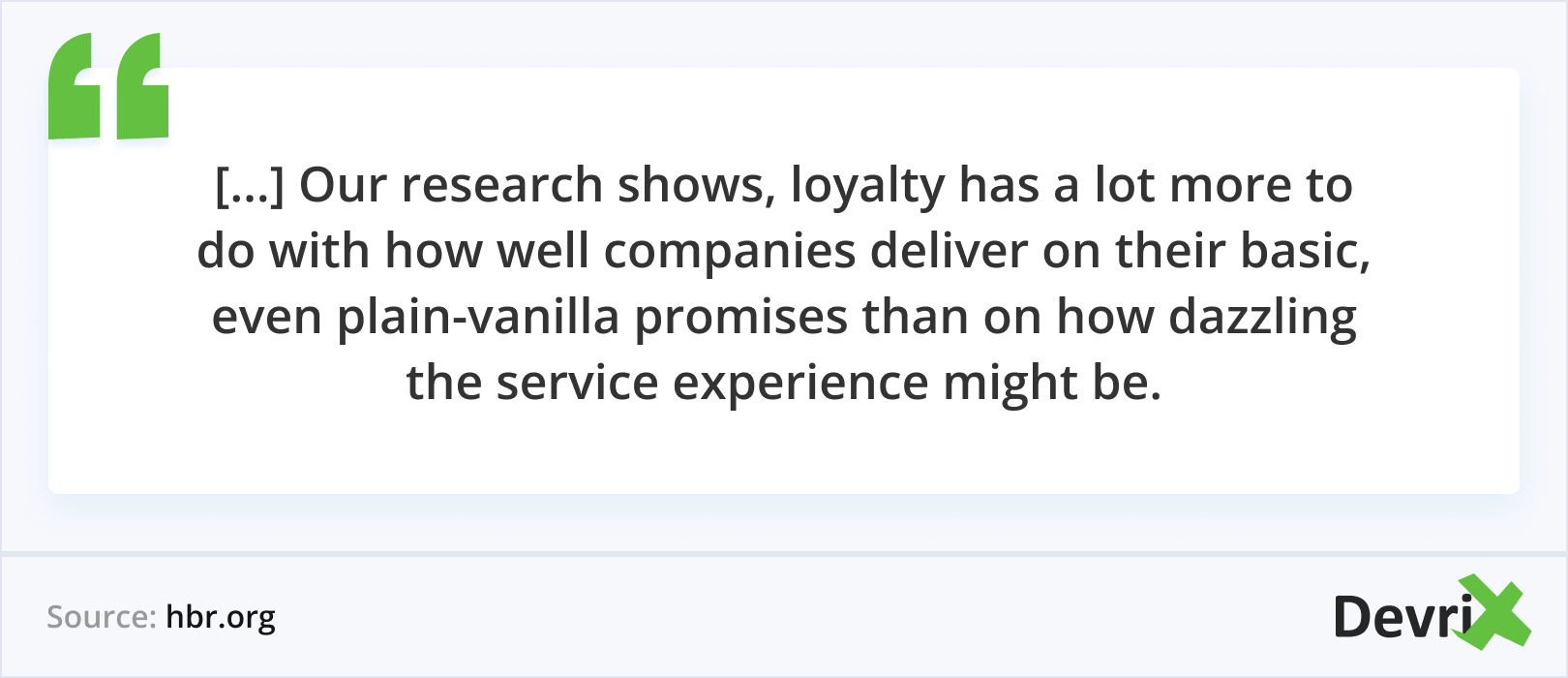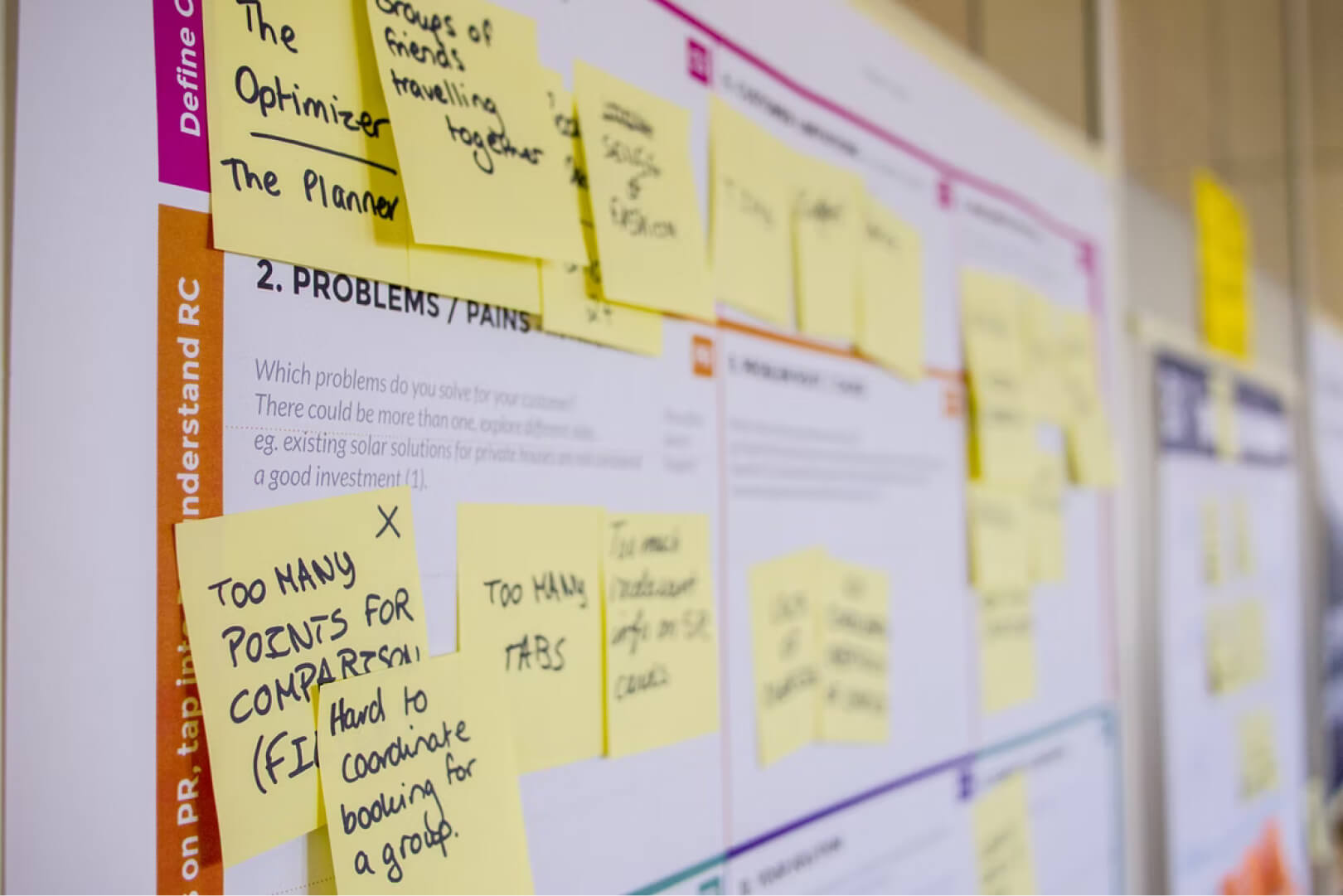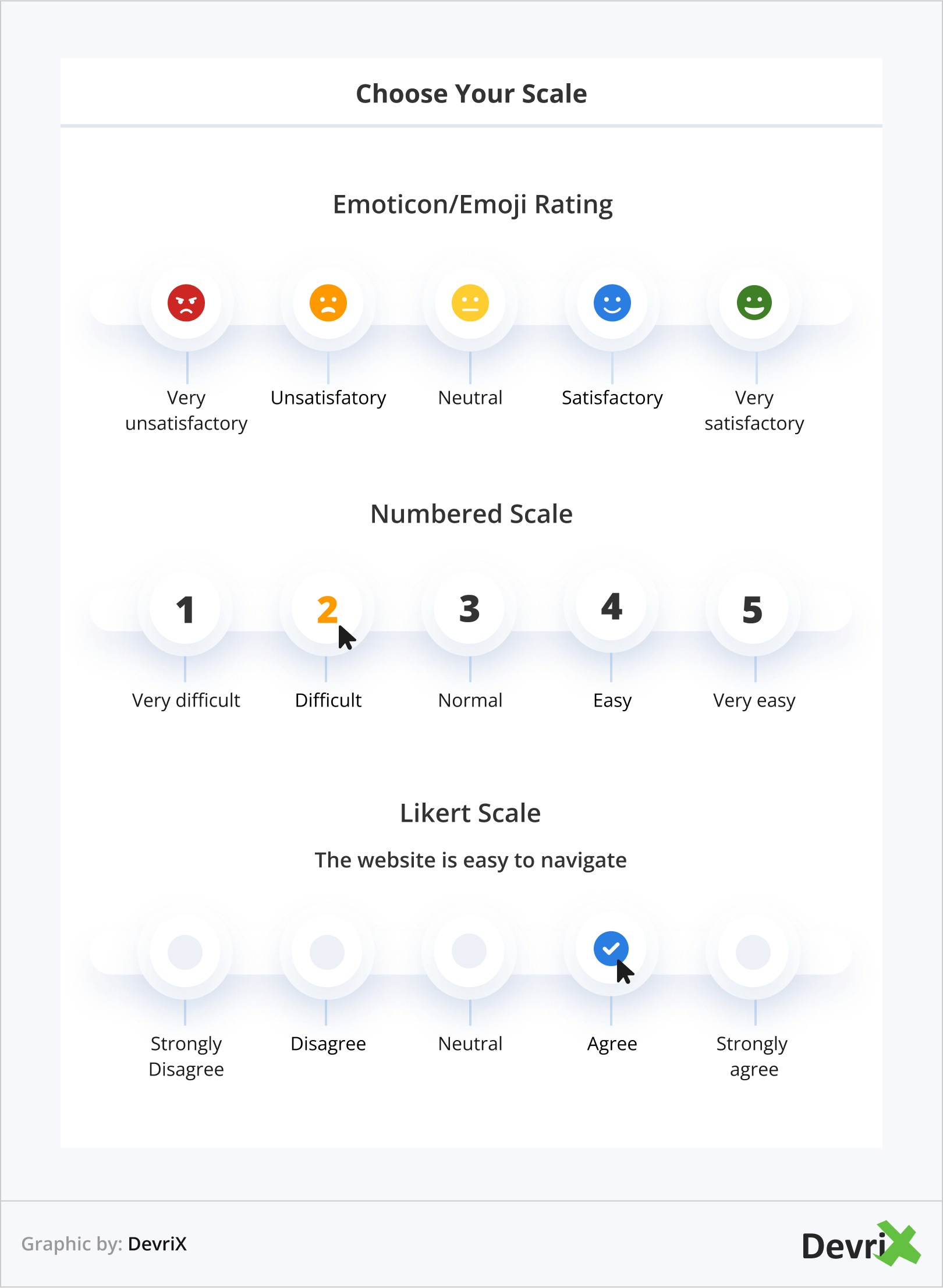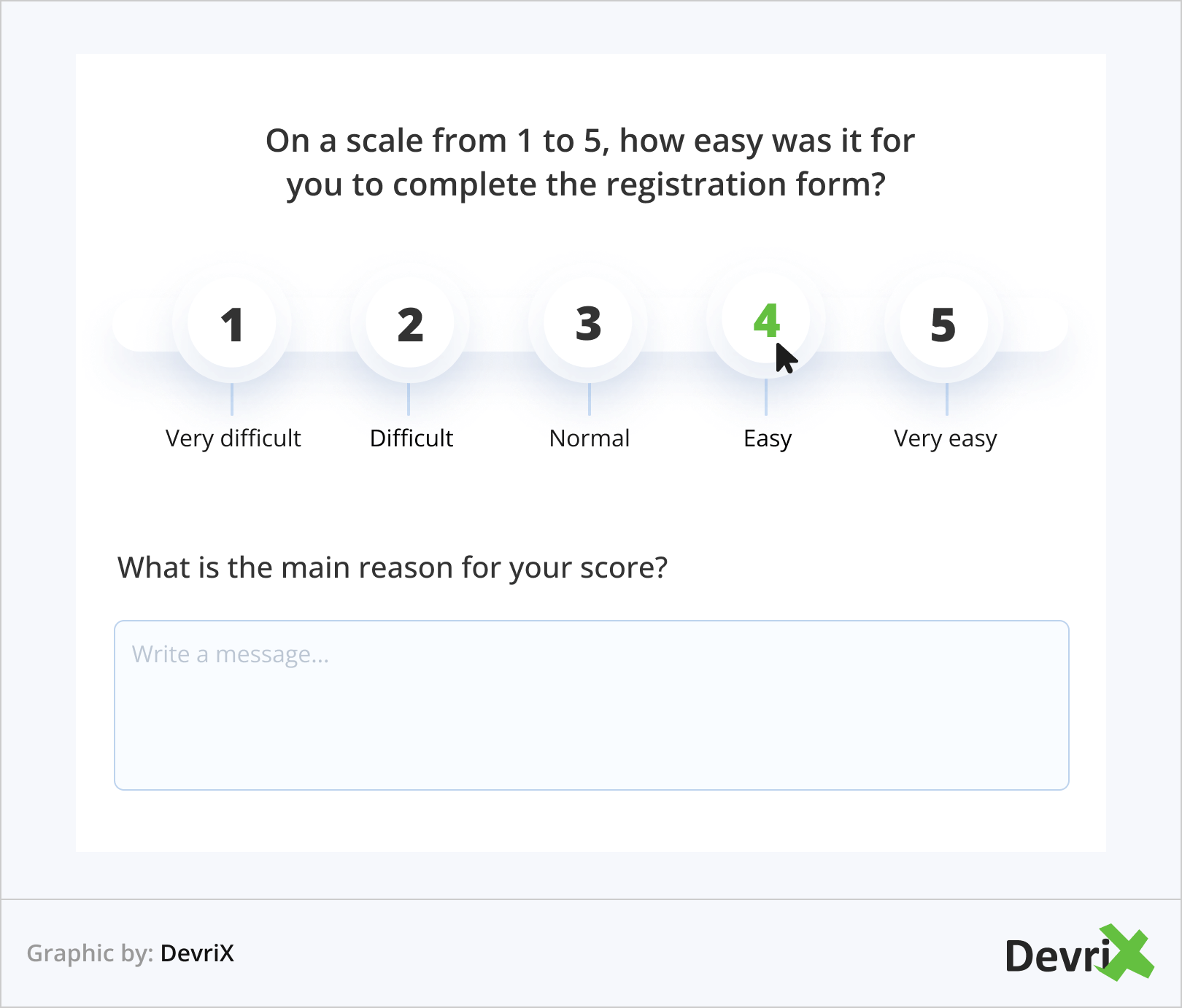Understanding how customers feel about your business is essential for success. There are various ways to do this, and one of the most simple and efficient tools is the customer effort score (CES) survey.
Every type of customer survey methodology gives you different information about your clients. While the core goal is to understand the audience’s perception of your brand and your products, each format focuses on a separate aspect of the customer experience.
The customer effort score or CES reflects whether it is simple and hassle-free for your target audience to interact with your business. You can use it to identify how easy it is for people to use your product/service, contact your service team, get a request fulfilled, have their questions answered, and so on and so forth. The idea behind CES is that the easier their experiences with the brand are, the more loyal customers become.
With that being said, let’s delve a little deeper into what this means for your business, how to calculate it, when to use it, and what are its pros and cons.
What Is Customer Effort Score (CES)?

The customer effort score (CES) is a service metric that measures the amount of effort that customers put into interacting with your business. This involves contacting customer support, using a product, or completing the customer onboarding process.
Because of the variety of experiences estimating CES, it is usually evaluated via a survey. Typically, the questions include the following:
“On the scale from very easy to very difficult, how easy/difficult was it to [type of interaction] with [the company/the product/service]?”
Here are some examples of this question:
- How easy was it to contact customer service?
- How difficult was it to understand the product’s documentation?
- How easy were you able to solve your problem using our product?
Why Is the Customer Effort Score Important?
The main reason for measuring CES is to estimate customer loyalty. More often than not, the ease of a given experience proves to be a much better indicator of customer loyalty than customer satisfaction alone.
The easier it is for your clients to interact with your brand, the more loyal they are likely to be.
This is supported by HBR’s article Stop Trying to Delight Your Customers, in which a very enlightening finding was shared: To increase customer loyalty you shouldn’t put all your focus into wowing them, but instead into making it easier for them to achieve what they need and want.

The level of ease with which your customers interact with your company can significantly impact your business success. In fact, measuring the CES score is essential for determining both future behaviour and satisfaction – the less friction a person encounters when buying something, the more likely they are to come back for more.
Hence, to collect all the relevant information, it’s crucial to understand how to measure your customer effort score and when to use CES surveys.
Related: Effective Ways to Measure Customer Satisfaction
How to Calculate Customer Effort Score?
Calculating your customer effort score is easy. It is the sum of all customer effort scores divided by the total number of survey responses. The end result will be the average amount of effort your customers have put in.

This formula applies to every type of CES survey regardless of whether the answer options you give your customers are values from 1 to 5, or statements such as very easy to very difficult, or emojis that go from ☹️ to 😀. ‘(In the case that you are using emojis or statements, all you need to do is assign a numerical value to each option, so you can then process the data faster.)
When to Use Customer Effort Scores?

You can prepare and distribute a CES survey at various points of your customer journey. However, to benefit the most from it, it’s best to send them immediately after important touch points from the different customer journey stages.
Let’s take a look at four key moments when it’s appropriate to send your customer effort score survey.
1. After a Purchase or an Interaction that Resulted in a Purchase
Sending a customer effort score survey immediately after a person has committed to your brand and made a purchase will allow you to get more information about how easy the purchasing process was for them.
For example, you can set your CES survey to appear right after the customer receives a confirmation that their purchase has been completed successfully. This way you will be able to learn how much effort they put into making the purchase since the experience is still fresh in their mind.
Related: Power Up Your Business With Customer Behavior Analysis [+ Examples]
2. After Signing up
If you want to see how your clients are finding your onboarding process, then ask them to complete a CES survey after they have signed up or subscribed to your services. You can go about this in two ways:
- You can send the survey as a pop up right after they have made the conversion and ask them how easy it was for them to subscribe.
Or - You can wait a few days or so and send them an email asking them about how easy it was for them to use key features of your product/service.
Related: How to Optimize CAC Payback Period to Boost Growth
3. Right After a Customer Service Touchpoint
A CES survey tends to be very useful for evaluating the effectiveness of your customer service. This is important because, if your clients have a hard time connecting with your support team, it’s very likely that they may take their business elsewhere.
Remember the key message of HBR’s research – it’s not about dazzling, it’s about making things easier and simpler.
So, by following up immediately after a customer service interaction, whether it was via email, phone or chat, will let you know the individual’s sentiment towards your brand.
4. To Support UX Research and Testing
One particularly interesting application of the customer effort score survey is to use it to support your UX research and testing. Receiving timely and relevant customer feedback is very valuable to the product team so they know where to focus their resources.
So if you want to make sure your customers don’t feel frustrated or lost, then prepare a CES survey asking them questions about how well the UI supports a new feature you plan to introduce.
Tips for Creating a Customer Effort Score Survey
Now that you have understood the basics of what a customer effort score survey is and when to use it, let’s go over some valuable tips on how to create your survey and make sure you will get the most relevant information from it.
1. Choose Your Scale

We briefly mentioned the different types of scales earlier, now let’s elaborate on thema bit more.
While CES surveys are quite straightforward, you can structure them differently depending on the type of scale used to rate the experience, and on the type feedback you want.
- Numbered Scale. Pose a question and ask respondents to rate their experience with numbers. For example, you may ask “On a scale of 1 to 7 how difficult was it to complete the signup process?” where 1=extremely easy and 7=extremely difficult.
- Likert Scale. This is a very common method for measuring CES. It involves providing a statement like “Contacting the customer service team was easy” then allowing users to choose statements like “strongly disagree, disagree, somewhat disagree, undecided, somewhat agree, agree or strongly agree”.
- Emoticon/Emoji Rating. This is a very simple scale to measure CES and works great if you often do surveys on minor touchpoints of the customer journey. This type of scale is very intuitive and literally takes seconds to respond to, which increases the likelihood of obtaining responses.
It works by asking questions like “Was it easy to resolve your issue?” and providing the following emoji options as answer choices: ☹️🙁😐🙂😀.
2. Add Open-ended Questions

To get the most out of your customer effort score survey it’s important to add an open-ended question after the ranking question. This will help you get a better idea of how your company, products or services are working for your clients, and collect more insightful feedback on what you can do better.
Pro tip: Adjust the follow up question depending if the rating was positive or negative. For example, if the score is positive you can ask “What is the main reason for your score?” And if it’s negative, you can ask “What should we do to make your experience better?”
Note that it is best to only use these questions at those customer journey touchpoints where it will be beneficial to receive more detailed feedback.
Related: How to Ask Customers for Reviews: 5 Pro Tips and Strategies
3. Benchmark for Your Survey
Whatever way you decide to measure how well your business is performing in the eyes of your customers, it’s imperative that you set a benchmark. This will give you a better idea of where you stand regarding other companies in your industry. Furthermore, it will allow you to track your own processes over time and set goals accordingly.
Final Thoughts
Measuring your CES on a regular basis is essential to building strong customer relationships and providing great user experiences. By using it at key customer journey touchpoints, you can successfully gauge what your audience’s sentiment is and how easy it is for them to interact with your brand.
Remember, it’s not about wowing people, but about helping them solve their problems as effortlessly as possible. So, keep an eye on your data, act on the negative feedback as quickly as possible, and make sure that all interactions with your business are so easy that clients wouldn’t even consider walking away from you.




